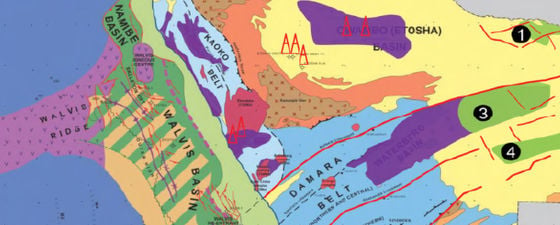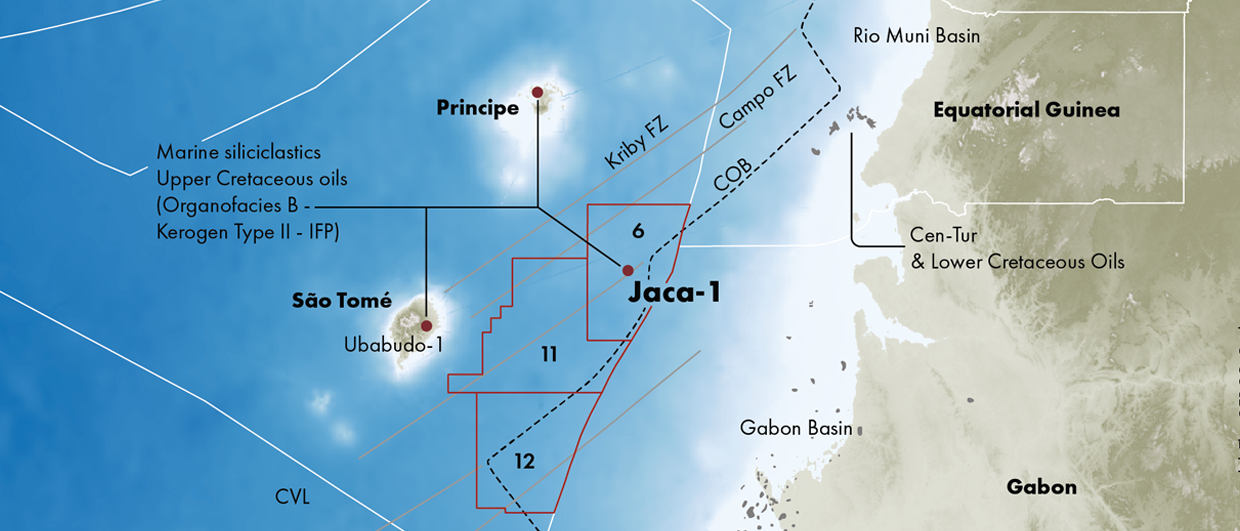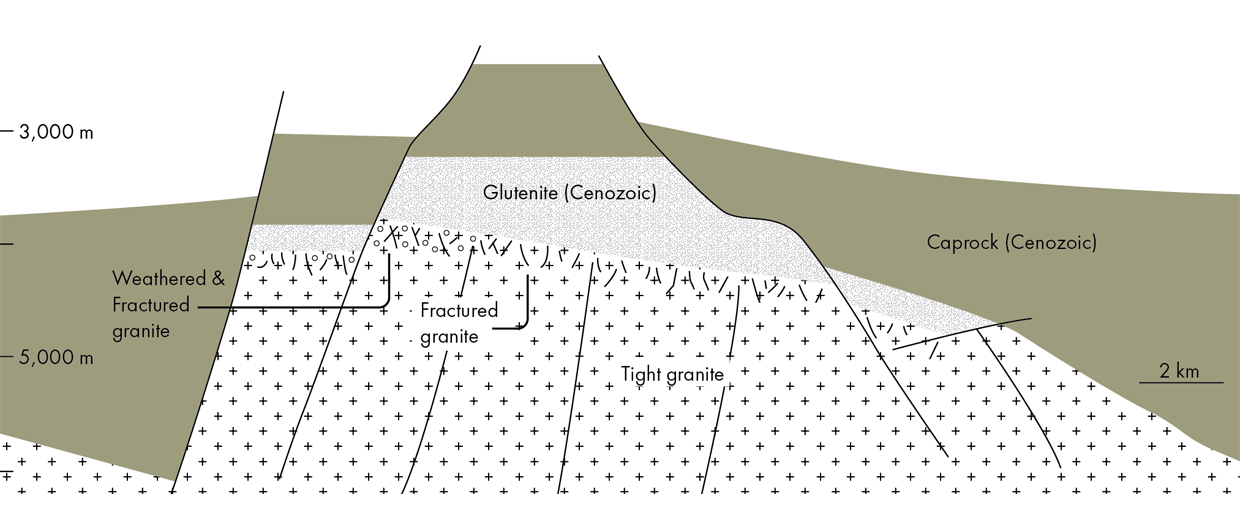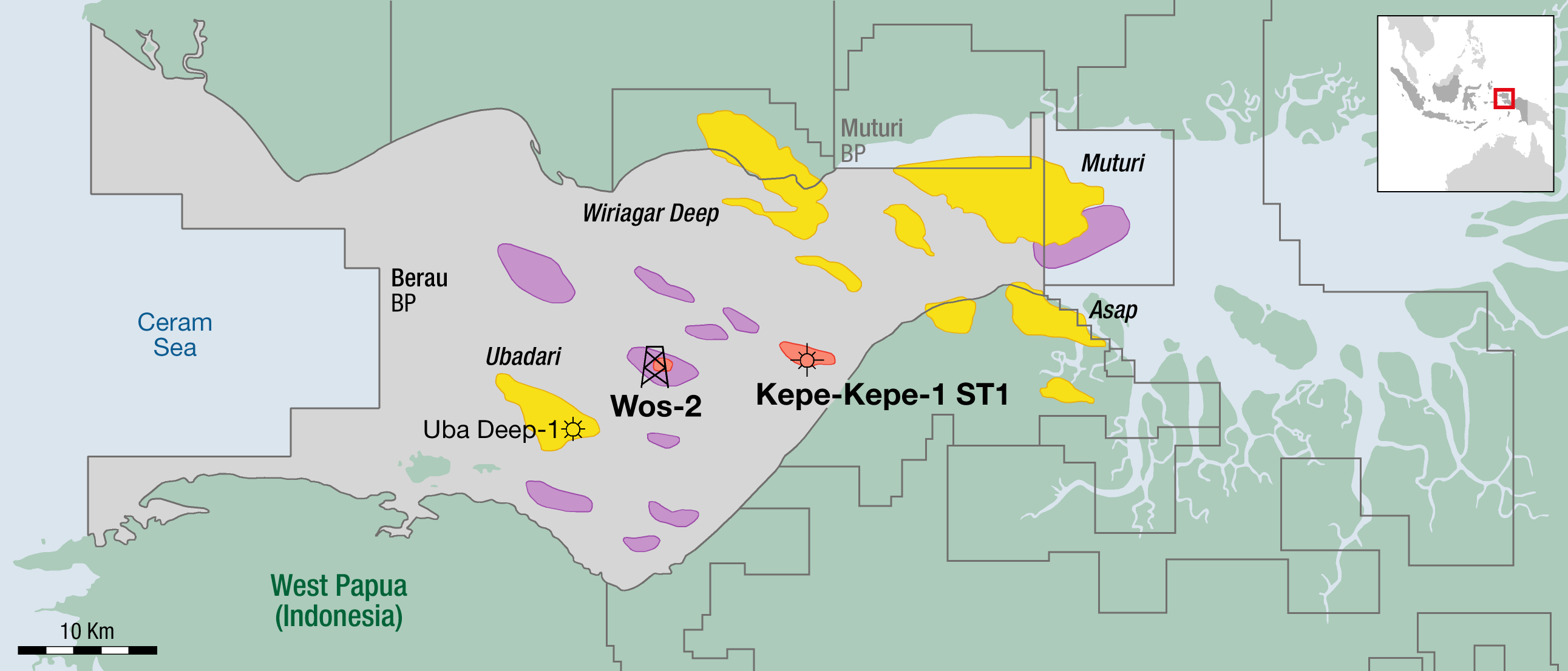Activity from upstream operators is starting to pick up from the post-2014 oil slump. However, global discovered oil and gas volumes still lag far behind where they stood before the oil price drop.
Activity from upstream operators is starting to pick up from the post-2014 oil slump, and more money is being thrown at exploration, resulting in a gradual recovery in global discovered volumes. Despite major advances, however, these still lag far behind where they stood before the oil price bottomed out.
To analyse this, Rystad Energy benchmarked the discovered volumes between 2013 and 2018 by continent. The data shows that the Middle East and Africa decreased their share of global discoveries from 9.3 Bboe in 2013 to 1.6 Bboe in 2018; a reduction from 55% to 18% of global discovered volumes, with the Middle East contributing a mere 16% in 2013 and 10% in 2018.
Discovered volumes in Africa and the Middle East 2013–2019. Source: Rystad Energy UCube.
Between 2013 and 2018 discoveries amounting to 25 Bboe are reported in Africa, while the Middle East is way behind with only about 10 Bboe discovered. Major discoveries in Africa include Zohr (Egypt), Orca and Espadarte (Mozambique), Yakaar (Senegal) and Ahmeyim (Mauritania). Major Middle Eastern discoveries were made in Oman, Saudi Arabia and Kuwait.
The Future of Oil and Gas Exploration Focus
With continuous hiccups in the oil price and easy-to-extract oil already explored, E&P companies looking to minimise risk are turning to locations with significantly high chances of success. With this strategy, the future of oil and gas exploration could be focused on the following:
Frontier areas: Not an easy nut to crack, as areas are classified as frontier and remain underexplored for a reason. Therefore, it will be important to identify the basin depocentre(s) and the hydrocarbon kitchen to increase the success rates for exploration wells drilled and bring down discovery costs.
Underexplored deeper plays: An example would be the Palaeozoic in the Middle East and the Oligocene deltaic sequence in the Niger Delta, e.g. the recently-discovered Obiafu Deep in the Obiafu-Obrikom fields.
Improving recovery technology while reducing operational costs: Oman has developed a strategy to use solar-generated steam for enhanced oil recovery to reduce natural gas consumption and free up domestic hydrocarbon resources for export, while reducing reliance on costly LNG imports or diesel to power oil production and domestic power generation.
Unconventional resources: This may be less attractive now, but cannot be ruled out as a potential future resource in the Middle East. Studies have proved that the region’s stratigraphy contains excellent Palaeozoic and Mesozoic self-sourced shale reservoirs. Before diving into exploration, a detailed unconventional play study must be undertaken.
Political stability: Nigeria, Libya and Somalia (to name a few) are examples of hydrocarbon-rich hotspots that have extraordinary potential, but have yet to create a stable enough political environment to lure in exploration companies.
Portfolio expansion: Many Middle-East producers only focus on their immediate region, but national oil companies expanding beyond their comfort zones into foreign investments could be a future scenario. Qatar Petroleum is an example of a company that uses this strategy and now holds assets in various African countries.
This regional oil and gas update is brought to you by Rystad Energy.
More Regional Updates from GEO ExPro and Rystad Energy
Oil Majors Chase Pre-Salt Hydrocarbon Riches in Brazil
Vishruthi K Acharya, Analyst, Rystad Energy
Over the next few years the exploration drive in the pre-salt hydrocarbon plays of Brazil is going to shift away from national oil company Petrobras towards the global oil majors.
This article appeared in Vol. 16, No. 4 – 2019
Fun in the Sun for Club Med Upstream Oil and Gas Operators
Aditya Saraswat, Analyst, Upstream Research, Rystad Energy
In total, E&P operators have been able to unearth over 1.5 Bboe offshore gas resources in the East Mediterranean Sea Basin.
This article appeared in Vol. 16, No. 3 – 2019
A Very Brief Overview of Oil and Gas Activity in 2018
Rohit Patel, Senior Analyst, Rystad Energy
2018 has been named the ‘year of transition’ for hydrocarbon exploration and production as we slowly move out of the global oil and gas downturn and into an even more optimistic forecast for 2019.
This article appeared in Vol. 15, No. 6 – 2018





